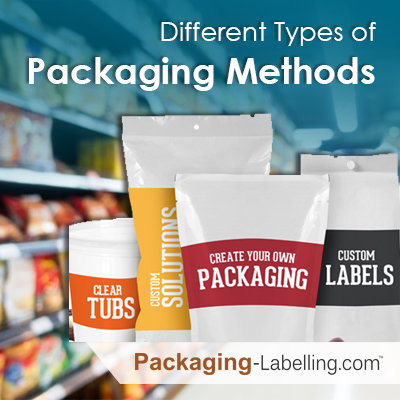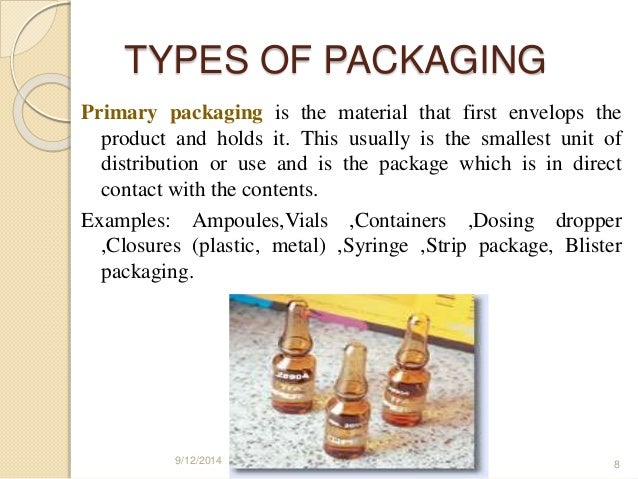- Packaging: Coco Monoi (via Packaging of the World) Coco Monoi opted for an extremely sophisticated type of packaging. Gibbs points out that the packaging contains an overflow of flower and leaf art, which is inspired by one of the main fragrant essences found in the bath products: gardenia. The color transitions for the bottles are elegantly.
- Preservation packaging includes both shrink wrapping and vacuum packaging, as well as other forms of packaging such as jar canning, aluminum cans, and other types of protective packages like egg.

Manufacturers, customers and businesses use three kinds of packaging: primary, secondary and tertiary. Primary packaging is the container that holds the products, while secondary packaging consists of outer wrapping that assist in displaying, storing, shipping and protecting products.
Packaging refers to the procedure of designing the package such as containers, wrappers, etc. It plays a very important function in the marketing achievement of many consumer products.
The Three Types Of Packaging Labeling
Levels of Packaging

There can be three different levels of packaging. These are as below:
What Are The Three Types Of Food Packaging
(1) Primary Package: The package, which has enclosed the actual commodity, is called the primary package. It refers to the product’s immediate container. Such a package remains attached to the real product until the consumers have totally used it. In some cases, the primary package is kept till the consumer is ready to use the product (e.g., a plastic packet for socks); whereas in other cases, it is a product (e.g., a toothpaste tube, a matchbox, etc.).
- The packaging that most intimately touches a product often referred to as “retail packaging.”
- Its key goals are to protect the product and inform or attract a customer.
- What is considered to be primary packaging depends on the product?
(2) Secondary Packaging: The layer of cover added to the primary package for its protection is called a secondary package. It refers to additional layers of protection that are kept till the product is ready for use, e.g., a tube of shaving cream usually comes in a card board box. After bringing the product home or being ready to use the product, the secondary package is taken-off or thrown. Such packing is retained until the consumer wants to start using the product. When consumers start using the shaving cream, they will dispose off the box but retain the primary tube. The consumers do not keep a secondary package for long.
- Its major goals are to protect products and provide branding during shipping.
- It’s also used as show packaging in retail locations such as grocery stores.
- Secondary packaging can overlap with tertiary packaging as well.
Three Types Of Packaging Marketing
(3) Transportation Packaging: Transportation package is used to facilitate, identification, transportation, handling and storing the products. It refers to further packaging components necessary for storage, identification or transportation. Shipping package is very imperative and essential for the products of whose character is to keep store for a long time, to carry far away and need to be loaded and unloaded several times. For example, a toothpaste manufacturer may send the goods to retailers in corrugated boxes containing 10, 20, or 100 units.
What Are Three Types Of Contemporary Packaging
- Its major objective is to appropriately protect shipments during their time in transit.
- Tertiary packaging is usually not seen by consumers.
- Examples include the pallets that bulk shipments are placed on, corrugated pads used to divide layers of boxes and broaden wrap used to safe stacks of cartons.
